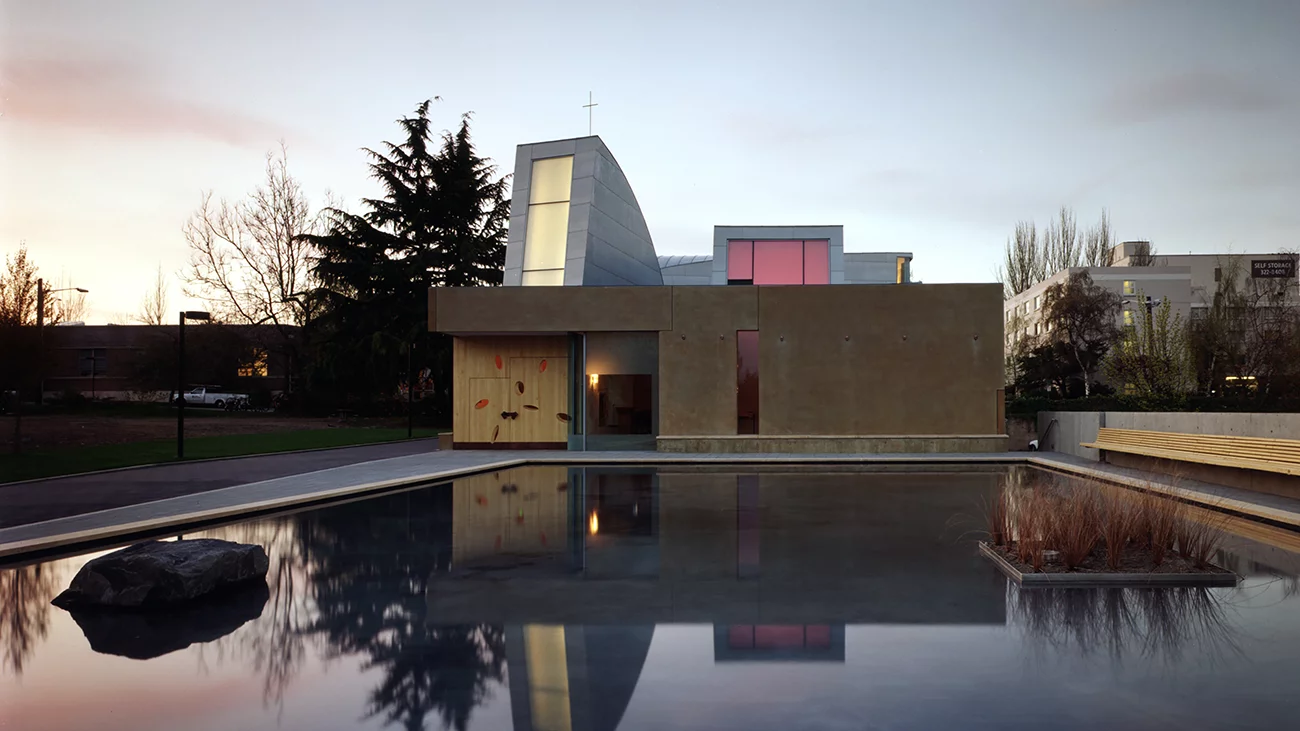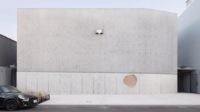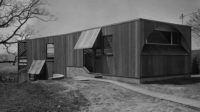Speaking to thousands of architects gathered in one of the vast halls of Chicago’s McCormick Place convention center, former president Barack Obama mused about his favorite buildings, bemoaned the cultural divides wracking the country, and offered choice words of wisdom for a profession looking to tackle a host of contemporary crises.
“You don’t learn that much from talking, but you do learn a lot from listening,” he told the crowd, gently reframing a question about how architects can better assert their knowledge to clients.
The former president’s keynote address, structured as a conversation with AIA president Dan Hart and held Friday afternoon, was the culmination—and largest attraction—of the 2022 AIA Conference, which concluded Saturday after four packed days of sessions, tours, and events.
The event also concluded a week marked by historic Supreme Court decisions expanding gun rights and overturning Roe v. Wade, ending 50 years of abortion’s legality across the country. When asked about the biggest challenges facing the United States, Obama expressed concern about the growing cultural divide between the right and the left—and between urban and rural populations—as well as what he called the “splintering” of the media. The result, he argued, is a lack of mutually accepted facts that could form the basis for national debate.

Obama speaking at the conference. Photo courtesy AIA
The former president also touched on the Obama Presidential Center, which broke ground last September after years of controversy over its location in Chicago’s historic Jackson Park, not far from the South Side campus of the University of Chicago. The center, designed by Tod Williams Billie Tsien Architects, encompasses three buildings housing a museum and research center, community gathering spaces, and a new branch of the Chicago Public Library, as well as several new park landscapes.
“Our goal is not to build a mausoleum,” Obama said of the project (“I’m not dead yet,” he commented), but rather “a laboratory and university for social change” that will draw young people and become an economic engine for a long-disinvested section of the city.
As a client of Williams and Tsien, Obama said, he has had to play the role of cost-cutter. “I don’t know that they always appreciated my opinions, but what can they say?” he quipped.
Asked about the broader challenges facing architects, Obama mentioned climate change as well as the legacy of social inequity exemplified by inhumane public housing projects including Chicago’s Cabrini Green. And, he noted, opposition to creating a more equitable built environment doesn’t always come from the right. “Some of the most liberal communities aren’t all that liberal when it comes to siting affordable housing,” he said.
Referring to his approach to running the White House, Obama also offered advice on management for a profession that continues to struggle with a hierarchical and sometimes-abusive culture. A staff member’s value—and the value of their insights and ideas—should not be dependent on their status, he argued: “Everybody counts.”
And as for the former president’s favorite buildings? “I tend toward modern architecture,” he offered, mentioning Vladimir Ossipoff’s Liljestrand House in Honolulu (1952) and Jørn Utzon’s Sydney Opera House (1973).
“I believe you have the mind of an architect,” Hart told Obama at the event’s conclusion.

Steven Holl's Chapel of St. Ignatius. Photo © Paul Warchol Photography
Later Friday night, at an event at the Chicago Architecture Center downtown, the AIA announced that it has awarded its prestigious 25-Year Award to the Chapel of St. Ignatius designed by Steven Holl. Built in 1997 on the campus of Seattle University, the chapel sought to reinterpret Jesuit religious traditions for a pluralistic world.
Within the chapel, the AIA’s citation reads, “differences in light unify to support the worship and ritual needs of the university community.” Students played a significant role in the chapel’s design, it notes, helping shape a building that is “simultaneously forward-looking and firmly rooted in the past.”
The 25-Year Award is awarded annually to buildings that have stood for 25 to 35 years and served as important precedents within the profession.






Post a comment to this article
Report Abusive Comment